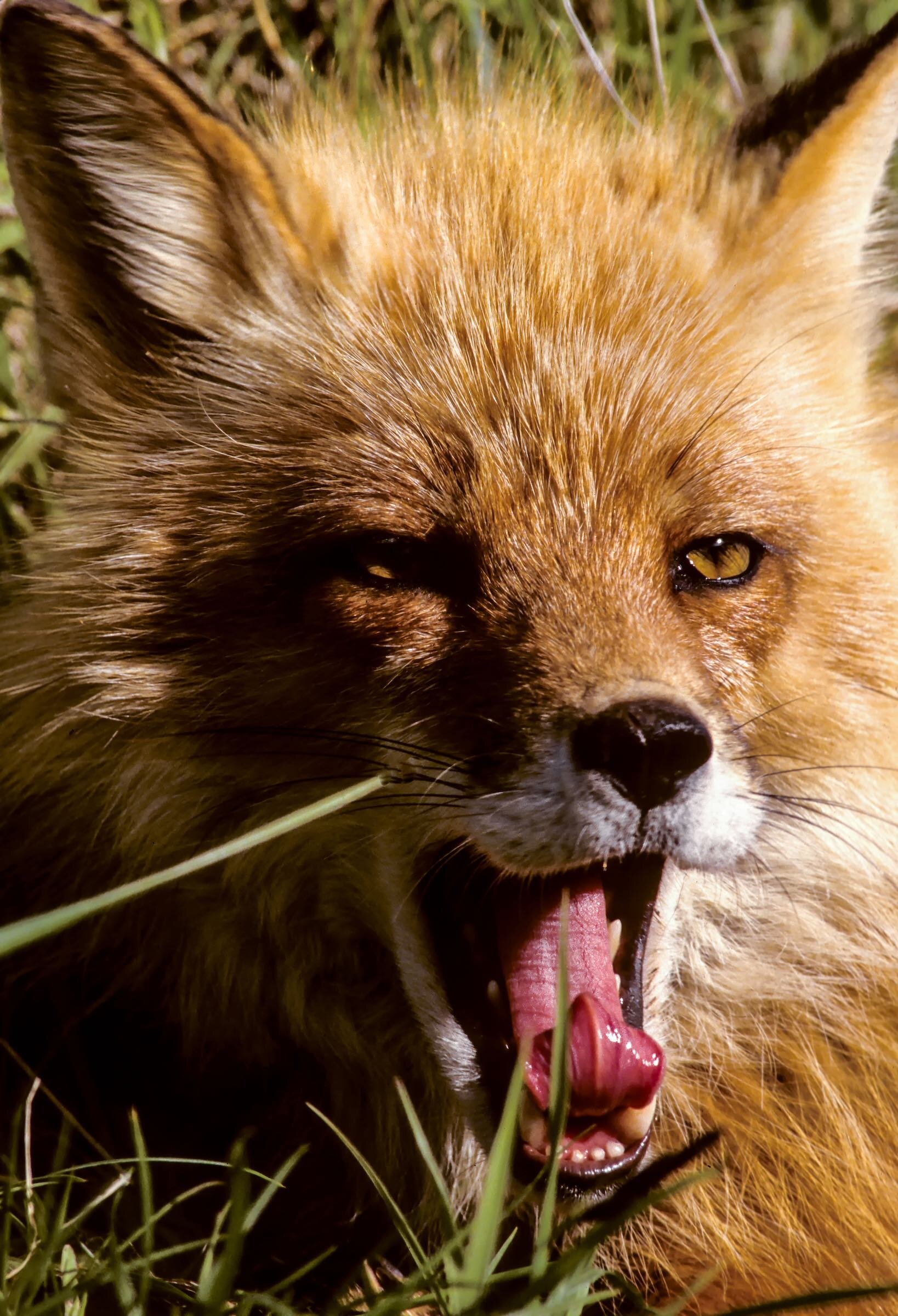WILDLIFE WATCH: Red Fox
/Red Fox hunting in Jasper National Park, Alberta, Canada. © GIVEN PHOTOGRAPHY 2020
Our tent was staked out on Round Island just off the coast of Alaska in the Bering Sea. We had a special four-day permit that gave us access to this remote place with all of its amazing wildlife. I just left the cleanest and most charming outhouse (not kidding) and was headed down the trail to our tent when an animal jumped toward me from the tall grasses. Startled, I stopped and spied a red fox. I was surprised that it wasn’t running in the opposite direction because foxes are typically shy animals. He followed me all the way back to our tent just like a dog. Playfully jumping and running as he followed, but keeping his distance. It was an amazing experience. He actually hung around our tent for awhile and visited a couple of more times. He liked to chew on our tent stakes. He obviously had not ever experienced humans as a threat. (Side note: the photo on the right was sold by Given Photo to Sierra Club and featured in their Greeting Card line.)
These curious animals are generally seen sitting and running in grassy areas and open woods, They often prefer the ease of hunting for small rodents, birds and rabbits along roads in wilderness areas, which ups your chance of seeing them. And, they are more common than you might think. We have seen them in many places throughout our years of watching wildlife. Among them include Mount Rainier, Olympic and Denali national parks. Plus, American Camp on San Juan Island.
Foxes are about the size of a small coyote with long bushy tails. They come in many color variations, but the most common is brown or cinnamon with white below their faces and on their chests. Their legs are darker, even black and they have a white tip on their tails. A cross variation fox is mottled buff and dark brown with a line of black down its back and across its shoulders. It, too, has a white-tipped tail.
Don’t be fooled if you see a silver fox. It’s a variation of the red fox with a gorgeous silver-black coat. The legs and back of the ears are still black like the common variation. We’ve enjoyed many hours watching these in American Camp on San Juan Island. Check out a photo of this beautiful fox in the article, A Pacific Northwest Island Getaway.
To see them look in a preserved area. Most wildlife refuges and national parks offer checklists of animals that frequent their areas. If listed, be patient, keep your eyes peeled, ask the staff where they are generally seen, and give yourself extra time to explore to increase the odds of a sighting.
Red foxes den in burrows that they usually dig within a mile or two from water. Their typical meals are small rodents, birds, and rabbits. Kits are born any time from March through May. Typical litters are five adorable kits. You’ll be entertained for hours as they scamper, play, tumble and wrestle with each other. Pretty much like a pile of adorable puppies. They aren’t puppies for long though, at 14 to 16 weeks they leave home to venture out on their own.











